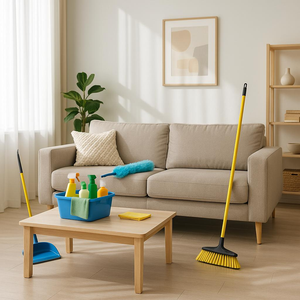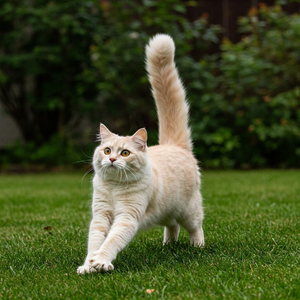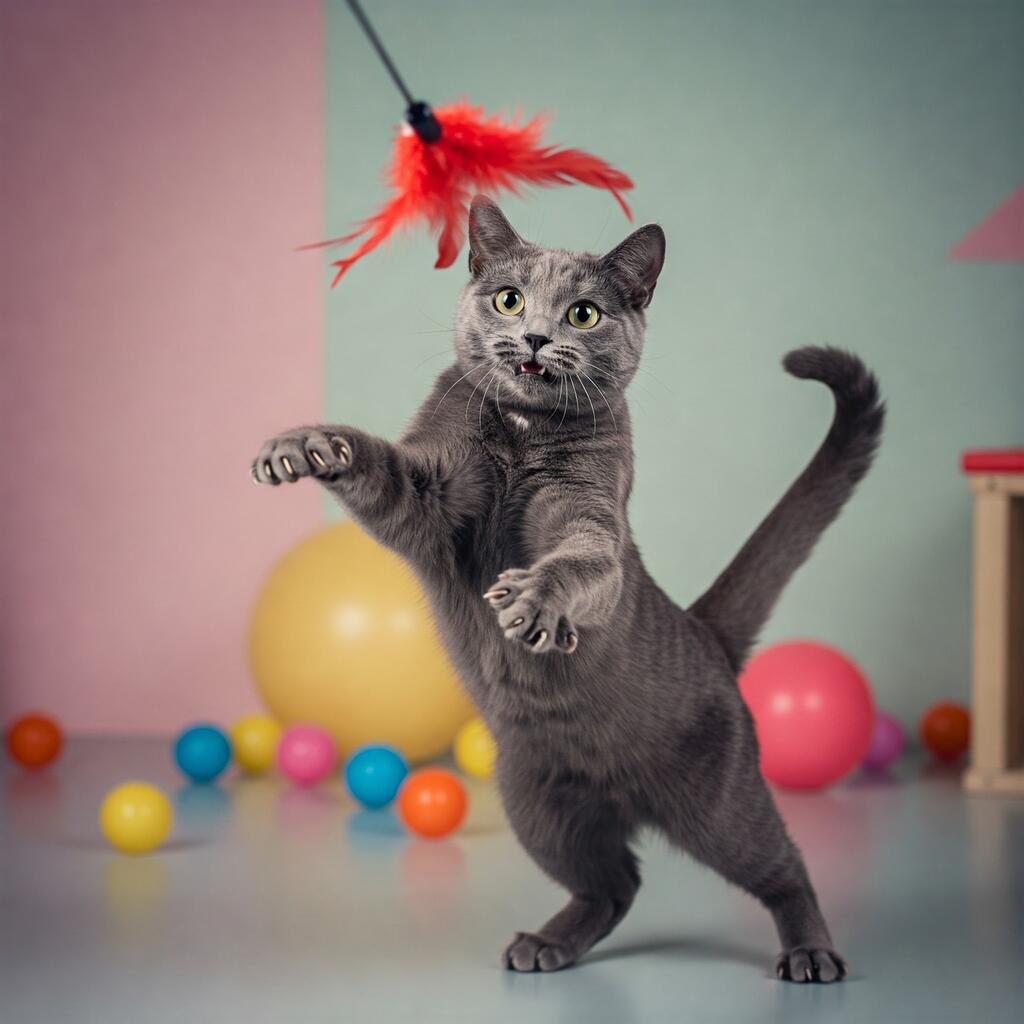
European Shorthair Cats: Smart, Friendly, and Agile
The cat European shorthair is one of the oldest breeds. It is said to be directly descended from the Egyptian cat and was brought to Europe already in Phoenician times as a mouse hunter. The Phoenicians stole these cats to sell them on merchant and military ships where they were much sought after as pantry keepers. They were stolen and sold secretly because these cats were all owned by Pharaoh and were worshipped as deities. From there they then spread to homes and all places where mice needed to be hunted.
It is easy to mistake this cat for a half-breed or a stray, therefore there are few breeders of this breed, as many snub it, believing that it is very similar to half-breeds. However, it is much loved, especially in Italy, where it is considered the cat par excellence, due to its sweet character and thanks to its exceptional ability to adapt to any latitude, climate and environment and probably also to its appearance, so well-proportioned and without exaggerated morphological details (as is the case with most other breeds), today the European shorthair is the most widespread cat in the world.
Character of the European shorthair cat
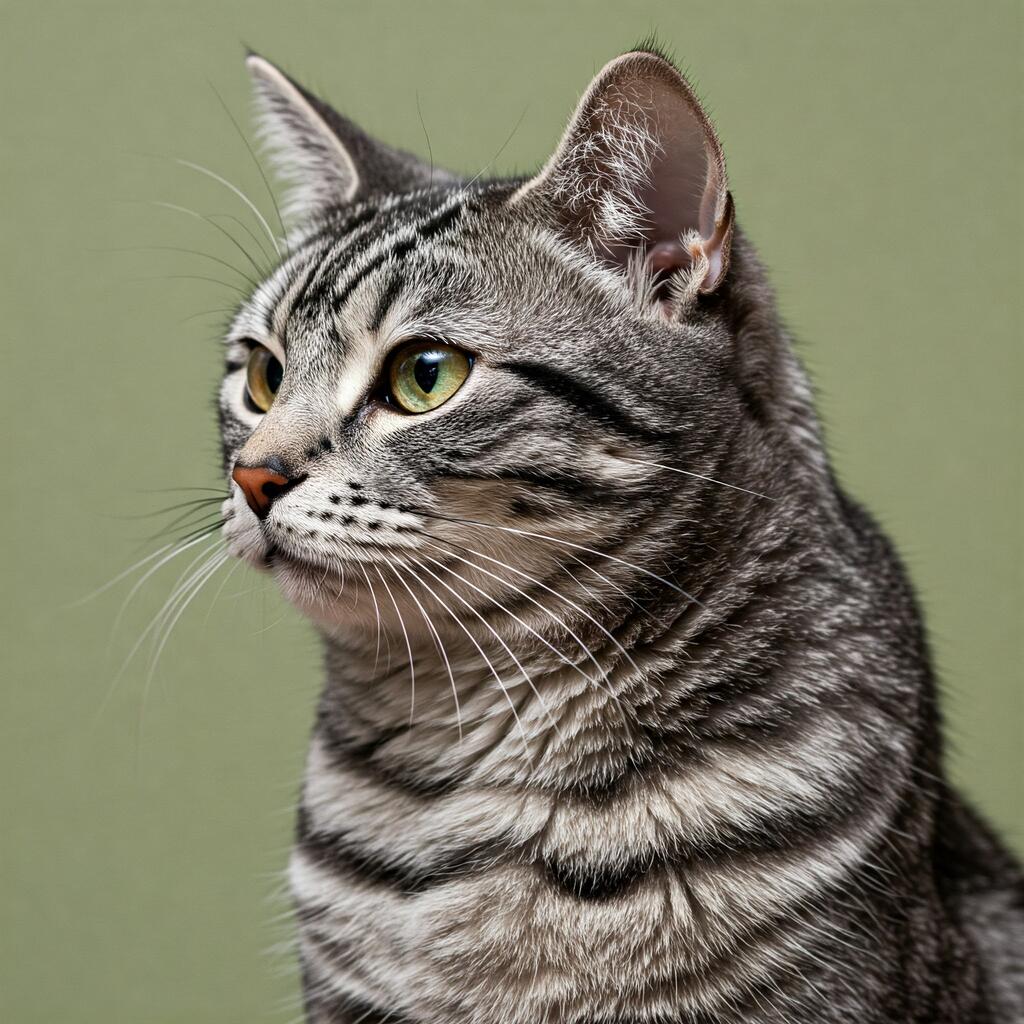
He loves to play and is curious about everything the family members do, even if you choose a human to whom he devotes all his unconditional love, but he is also affectionate with others. He is a very well-balanced cat, although like all cats he has his moments of madness, in which he runs and jumps all over the place, but he does not disdain taking long naps next to his human. He is not very fond of solitude.
He likes being in the open air, so a terrace or a safe garden would be ideal for this kitten. However, you must be careful, because although he loves his family and his home, given his strong predatory instinct he may stray far away.
This breed can be shy and wary of strangers. With animals of the same litter, they can be very affectionate towards each other, but with other cat breeds, they should be accustomed to each other from puppyhood and even with dogs, if bred together from an early age, they can have a peaceful cohabitation. In adulthood it is easy for there to be problems.
It is also suitable for children as long as relations are respectful and it has a place to retreat to when the games get a little too chaotic.
Appearance of the cat European shorthair

The ears, spaced but well planted on the head may have tufts of hair. Round eyes arranged a little obliquely; the colour of the iris is very varied, it depends on the colour of the coat, but it is always very lively, it can range from blue to green, yellow and orange.
The cat European shorthair has a short coat, with a very sparse undercoat, and can be of many colours. In fact, the coat can be brindled, mottled or spotted, with a background of different colours and shades. The colours range from grey to red, via white and black, and the female can also have three colours. However, it is shiny, body-hugging and elastic. The most common is the brindle, characterised by dark stripes on a brown coat. Red tigrats are also very popular.
Health and care of the cat European shorthair
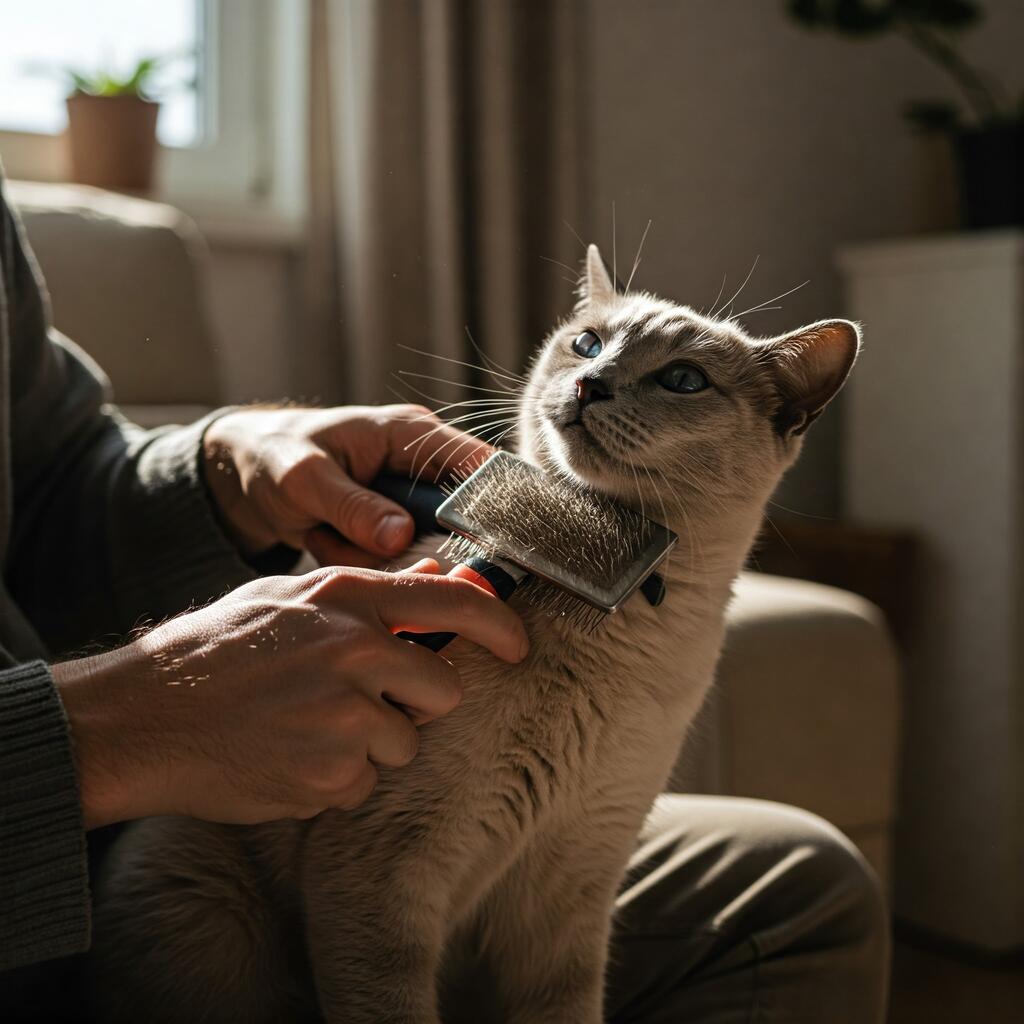
As far as its coat is concerned, it does not need any special care, it is a cat that cares a great deal about its cleanliness, so it is sufficient to brush it once a week. Only during the moulting period, although it does not lose much hair, it is advisable to brush it at least a couple of times or more, depending on the length of its hair.
It is a very prolific breed and also very precocious, so it is a good idea to neuter them very early, also to avoid possible behavioural problems.





